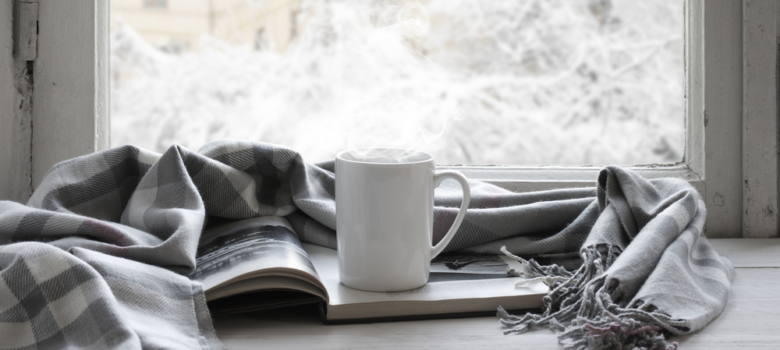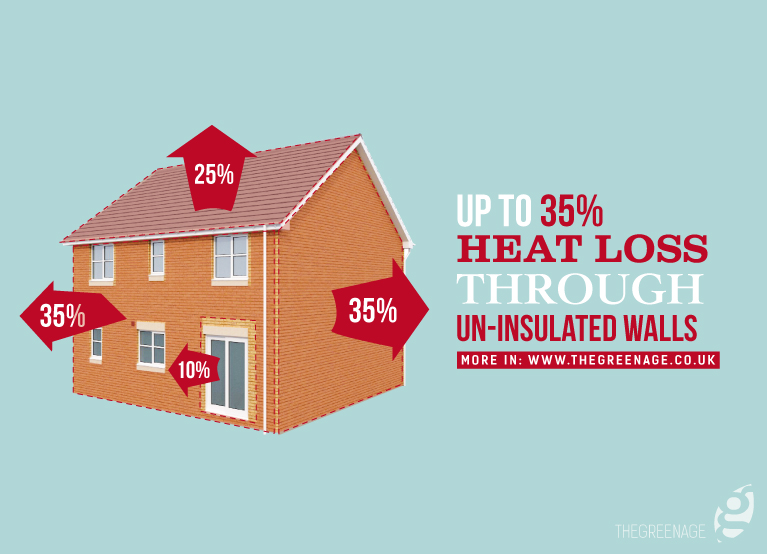
1. Draught proofing
If there’s a more simple way to save energy, we don’t know it. Close your doors, close your windows, and plug up the gaps.
There are a lot of ways to eliminate draughts, ranging from beautifully hand crafted draught excluders to the old stick-a-bunch-of-newspaper-in-the-gap method. However you want to do it, just make sure it’s done. Warm air escaping through gaps under doors and through floorboards can be easily prevented and will save you a lot of money. You can also invest in something to block the chimney when you’re not using it – just remember to take it out before you light the fire!
Embrace your inner control freak and start yelling ‘Shut the door behind you! Keep the heat in!’ at every opportunity.
2. Service your boiler
A serviced boiler is a happy boiler!
It’s a bit of an investment, costing between £50- £80 for a standard efficiency boiler and £80 – £160 for a high-efficiency condensing boiler, but it will ensure that everything is in ship shape for winter. A yearly service is all about making sure everything is working properly, and picking up on any minor problems are picked up before they become big expensive issues.
3. Check your windows
Windows are one of the biggest offenders for losing the heat in a building, but for a lot of people they are a huge pain to do anything about.
We all know the double or triple glazing is much better at keeping the heat in, but some people don’t have the option to upgrade to this. Either the cost is prohibitive or building regulations prevent it – this is particularly a problem for listed properties.
If double glazing is not feasible for you, it’s worth taking a look at a secondary glazing solution like Ecoease, at a fraction of the cost of double glazing. Planning permission is not required for the this kind system, which also reduces condensation and noise pollution.
An Ecoease system could save you up to 25% off your fuel bills and pay for itself in only a few years.
4. Insulation insulation insulation
Working at the GreenAge means spending 80% of every day telling people to insulate their homes.If you have unfilled cavity walls, an uninsulated loft, or a solid wall without any form of external/internal insulation, then you’re throwing money down the drain. No matter how much heat you’re pumping in to the building through radiators or convection, if your home isn’t insulated then all it’s doing is escaping right through the walls.
 Loft insulation is the cheapest and easiest to install. It’s time to get out the ladder, pop up in to the loft, and see what’s going on; even good insulation can always be topped up.
Loft insulation is the cheapest and easiest to install. It’s time to get out the ladder, pop up in to the loft, and see what’s going on; even good insulation can always be topped up.
If you’re eligible for ECO (Energy Companies Obligation) funding then you may be able to get your insulation solutions paid for, or at least subsidised. You can read more on that here.
5. Hot water bottles
First of all, I’m a strong believer that there is nothing in the world more satisfying that settling down on a cold winter evening with a hot water bottle, glass of wine cup of tea, blanket, and some rubbish TV (Come Dine With Me repeats, anyone?).
Even better, it’s a money saver. When you turn the heating on, you’re paying to warm the entire building, heating up cubic metre upon cubic metre of cold air. That’s a lot of energy wasted. A hot water bottle, on the other hand, uses only the energy it takes to boil the kettle, and it focuses the heat on the most important thing – you!
Long live the humble hot water bottle!
6. Invest in a hot water cylinder jacket
Hot water is an absolute necessity when the cold weather comes in. Hot baths, long showers, warm radiators – all of these things require a well functioning hot water system.
Conventional boilers with a hot water tank can be losing massive amounts of heat if you properly insulated. Most modern tanks come with sufficient insulation installed already as standard, but some older models don’t. Even if you’ve already got it insulated, it’s worth considering topping up the current insulation; adding a simple cylinder jacket can save you around £150 a year or more.
7. Pipe lagging
There are two reasons to insulate your pipes – improving efficiency and preventing freezing.
We all know that insulation is important for our walls and roofs, but what about our water? It’s all well and good to have an insulated water tank, but you need to keep that water hot as it travels through the house.
All the experts are saying that 2019/2020 is going to be a darn chilly one, and if you’re not prepared then you may well find yourself with a burst water pipe and all of the agony that it brings. Frozen pipes will also stop your heating from operating and your water from running. Less that ideal!
A moment of silence for the pipework in my mum’s house, which my step-father attempted to thaw with a blowtorch last year. For the record, this is not a good idea.
8. Make the most of the heat you’ve got
So, it’s a cold winter night and you’ve popped the heating on. The radiators are warming up and providing heat to their entire room…. and the wall.
Traditional radiators work by convection heating, meaning that they get nice and hot and that heat is transferred to the air in the room. It’s a good system, but it’s not very efficient. Radiators don’t allow you to control the direction of the heat, so a large amount of energy is lost from the back, where it’s being wasted warming up the wall behind it.
Radiator reflectors like Radflek can dramatically reduce this waste of heat and energy. Radflek reflects 95% of the wasted heat from the rear of the radiator back into your room, meaning a much more efficient system and significantly lowered bills. At around £22 for enough Radflek to cover up to 6 heaters, it’s a bit of a no brainer. GreenAge readers can get an even better deal, using offer code TGA20 for 20% off all orders. Sorted.
9. Bleed your radiators
Now that the weather is beginning to turn, it’s a good time to do a bit of a health check on your radiators. Next time you have your heating on, check your radiators for cold spots and slow-to-heat units – these are the ones you get the joy of bleeding!
When you bleed a radiator, all you’re really doing is releasing trapped air. We’ve got a guide to it here, or you can watch the handsome James show you how it’s done.
10. Apply for government subsidies
Last but not least, look in to any government funding schemes you can. The biggest of these is the Warm Home Discount.
The UK has a massive problem with fuel poverty at the moment, meaning that millions of people are left unable to afford the heating costs of their homes. The Warm Home Discount is a government scheme that tackles this by obligating energy companies to support people at risk of fuel poverty, and providing £140 off your heating bills. Some people get this automatically, but many get it by applying.
For applications the discount works on a first come, first served basis, but lots of the big energy companies have now opened their Warm Home Discount applications for this year. It’s the ideal time to get in touch with your supplier and see if you qualify for the scheme.
Think we missed something? Do you have a different opinion?
Comment below to get your voice heard…












A good guide to saving energy. Will recommend.
Thanks Peter, very much appreciated.
How do I know if I’m eligible for the warm home discounts?
Hi Lindsey,
It will depend somewhat on your energy supplier, but you can find a full rundown of the eligibility criteria here 🙂
Thanks,
Harriet